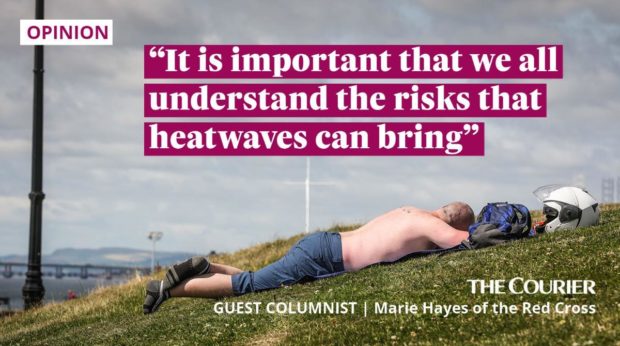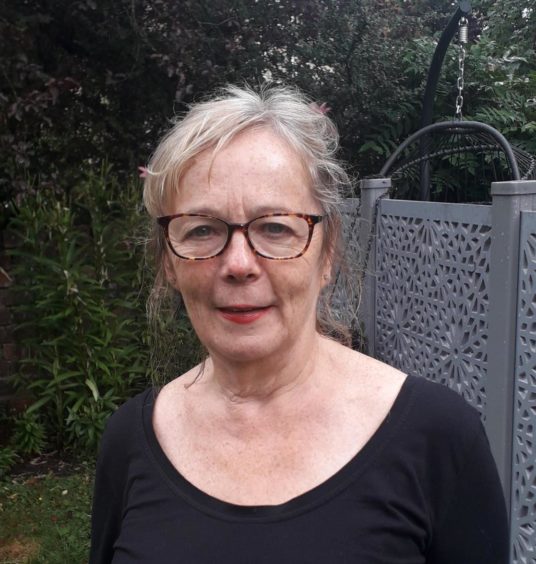Taps aff! Famously, it’s how Scots respond to the appearance of sun, although heatwaves are not as rare as it once seemed.
With temperatures tipped to hit 27C in places this week, a late August sunny spell is bringing summer to an unseasonably warm close.
In some parts of Scotland, the effects have been more acute this year.
Water has run perilously low in places this summer and there have been reports of roads melting as the country basked in near heatwave conditions.
Strange times some might say. But we only have to go as far back as 2018 to remember when Scotland baked in temperatures of nearly 32C.
Train lines buckles and materials melted on the roof of the Glasgow Science Centre during that heatwave.
Scotland needs to be ready for more of this, not less.
By 2050 the UK will be 50% more likely to experience hot summers, while heat-related deaths could more than triple, to around 7,000 per year.
Despite this, polling published by the British Red Cross has found one in four people across the UK believe the country isn’t hot enough to be at risk from heatwaves.
Our research, in the recently published report Feeling the Heat, also found many high-risk groups in the UK, particularly those over 75, don’t perceive themselves as personally vulnerable.
This can mean people – our grandparents, our neighbours – don’t take early action to protect themselves when a heatwave hits.
With more hot conditions likely in summers to come, it is important that we all understand the risks that heatwaves can bring.
Here’s how to offer a helping hand
Many of us have experienced adverse effects of hot weather, including headaches, dizziness and heat rashes, this year.
From checking on your neighbours to providing first aid, simple early actions can keep you, your family and friends safe and well during hot weather.
At the British Red Cross, we recommend you stay alert to weather warnings, prepare to keep your home cool as best you can and always have liquids to hand.
We also provide First Aid training, available online, to help you protect yourself and others from the increased risk of heat exhaustion and heatstroke.
Governments must act on heatwaves too
There is also a lot more that government can do.
We are calling on both the UK Government and Scottish Government to work with partners to ensure people most vulnerable to heat risk are able to access the targeted information, advice and support they need to take action and stay safe and healthy.
This should come hand in hand with action to prioritise heat risk planning, response, recovery and learning.
Scotland to be hotter than Mediterranean as temps soar to 25C in 12-day heatwavehttps://t.co/2T35lPmxP0 pic.twitter.com/isuHnXRUWI
— The Scottish Sun (@ScottishSun) August 23, 2021
But we also need investment into climate adaptation action that tackles indoor and outdoor heat.
That could mean changes to buildings, urban planning and the promotion of green spaces.
I’m sure most people across Scotland would rather have a bit of warm “taps aff” weather than the rain we’re better known for.
But it isn’t without its dangers and it’s important that we don’t forget to act on the very real risks of heatwaves.
Marie Hayes is Scotland Director for Independent Living and Crisis Response at the British Red Cross.

